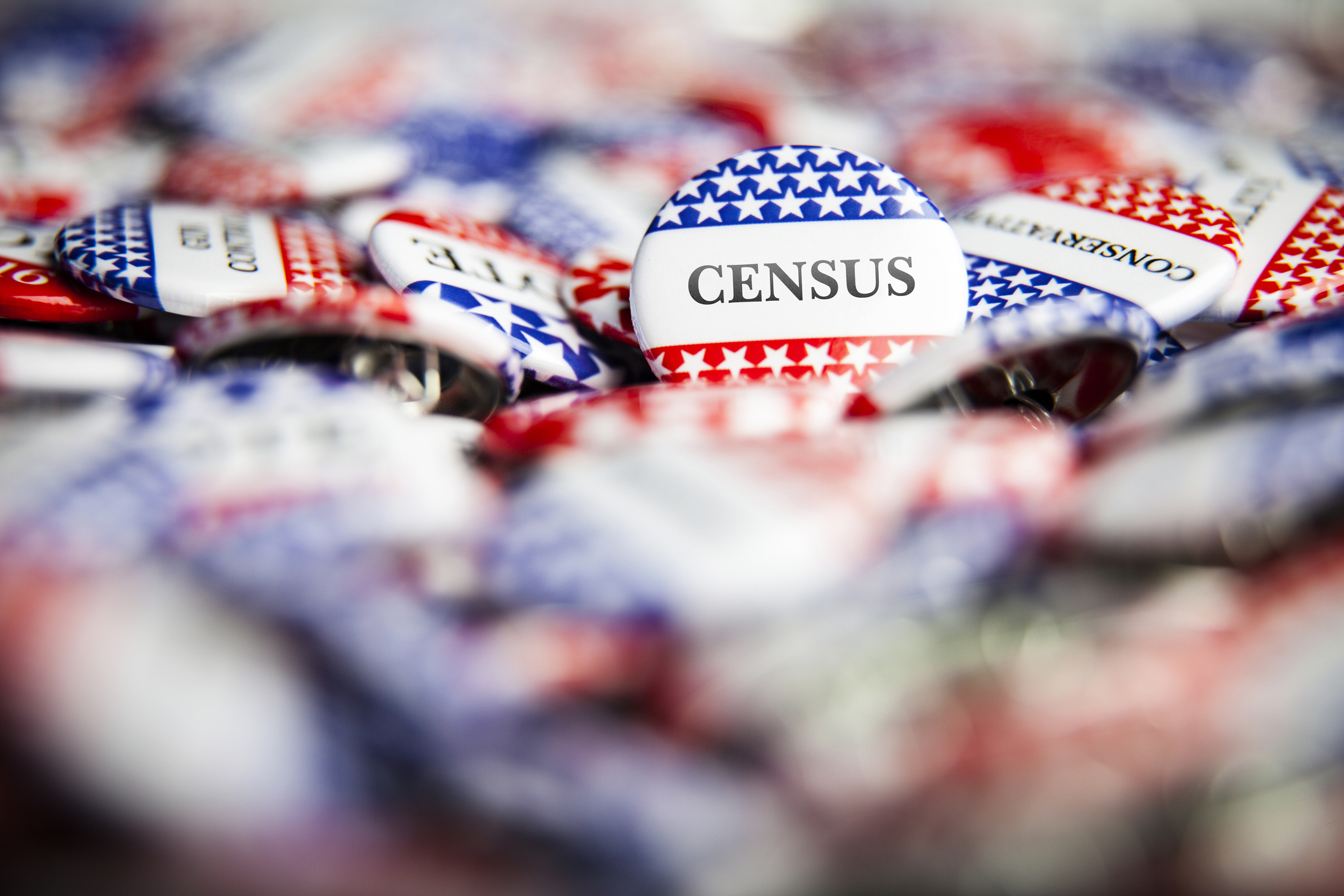Why the 2030 Census Matters for Cities
The U.S. Census is more than just a population count; it’s the foundation for how federal resources and political representation are distributed across the country. For cities, an accurate census ensures fair funding for essential services like roads, schools, housing and emergency response. It also informs decisions made by businesses, developers, nonprofits and local leaders.
From the American Community Survey (ACS) to the Local Update of Census Addresses (LUCA) operation, census tools help cities plan for growth, understand community needs and advocate effectively for their residents. As the National League of Cities (NLC) looks ahead to the 2030 Census, we are committed to preparing city leaders to support a complete and accurate count because every person counted means equitable funding, informed decision making and a stronger future for all.
2030 Timeline: What Cities Should Know and Can Do
The path to a successful 2030 Census starts now. This timeline highlights key milestones and actions cities can take to ensure an accurate count, strong local outreach, and full participation.
While the decennial census occurs every ten years, the American Community Survey (ACS) continues annually and remains a critical source of data for cities.
Hover over each year below to see key milestones and actions
Preparations for the 2026 Census Test Sites start taking place
Preparations for the Local Update of Census Addresses (LUCA) operation
April 1, 2026: Census 2026 Test Site
Continue LUCA preparations
Start of the LUCA operation
April 1, 2027: Submission of topics to be covered in the 2030 Census and ACS to Congress.
Preparations for outreach and marketing campaigns begin
LUCA Review Phase
April 1, 2028: 2028 Census Dress Rehearsal
April 1, 2028: Census Bureau submits 2030 Census and ACS questions to Congress
Regional Census Centers open
LUCA feedback and closeout phase
Launch Get-Out-The-Count (GOTC) marketing and outreach campaigns
April 1, 2030: Census Day!
No later than April 1, 2031: Release of 2030 Census redistricting data files on a flow basis by state
Decennial demographic and housing characteristics and profiles
Relevant Resource
From Data to Decisions: ACS Awareness Month Blog Series
As part of ACS (American Community Survey) Awareness Month, the National League of Cities spotlighted how cities of all sizes are using ACS data to strengthen decision-making and improve residents’ lives.
- Three Cities, Three Examples: How three different communities are using ACS data to secure better bond ratings, win federal grants and target infrastructure and safety improvements.
- Census Bureau Blog: Celebrating 20 Years of the ACS: A guest blog from U.S. Census Bureau’s Acting Director to provide a national look at how ACS data shape federal, state and local policy and showcase new tools that make data easier to access.
Understanding the Census: A Glossary for Local Leaders
The decennial census is one of the most important tools cities have to secure the resources and representation their residents deserve. But like many federal processes, it comes with its own terminology. Whether you’re preparing for 2030, supporting outreach in your community, or just trying to make sense of it all, this glossary breaks down key census terms in plain language.
Click on the arrows below to see the definitions to these census terms.
Decennial Census
A complete count of every person living in the United States, conducted every 10 years as required by the U.S. Constitution. The decennial census is used to apportion seats in the U.S. House of Representatives and to distribute trillion dollars annually in federal funding.
American Community Survey (ACS)
Legally part of the decennial census, the ACS is an ongoing, representative survey of approximately 3.5 million homes a year (295,000 per month). The ACS replaces the older census “long form” and asks more questions than the decennial questionnaire to produce annually-updated estimates of key social and economic characteristics down to the census tract level, including data on local economies, health and housing. Like the census, response to the ACS is mandatory.
Local Update of Census Address (LUCA) Program
A voluntary program conducted two to three years prior to the decennial census, during which state and local governments review and help update the Census Bureau’s master address file (MAF). A government’s highest elected official must register a jurisdiction’s participation in LUCA. The Census Bureau must offer the program, by law.
Undercount
Fewer people are included in the census than are in the true population.
Overcount
More people are included in the census than are in the true population
Group Quarters (GQ)
Living arrangements where people live or stay in a group living situation, such as college dorms, nursing homes, correctional facilities and shelters. Group quarters are counted separately from traditional households during the census.
Hard-to-Count (HTC) Populations
Groups or communities that are historically underrepresented or less likely to respond to the census. This includes renters, young children, immigrants, people experiencing homelessness and people with limited internet access.
Census FAQs
The decennial census is one of the most powerful tools local leaders have to shape the future of their communities. From determining political representation to securing funding for schools, roads, housing, and health care, the census touches nearly every part of city life. But preparing for the census – and making sure residents are counted – requires more than just filling out a form.
Below are answers to frequently asked questions about the census, what’s changing in 2030, and how your city can lead the way toward a fair and complete count. Click on the arrows to learn more.
Why does the Census matter for my community?
- An accurate census helps ensure fair representation at all levels of government
- The census directly impacts the funding your city will receive over the next decade.
- The census provides the most reliable and complete data for research, decision making and planning for both the public and private sectors.
What’s new for the 2030 Census?
Planning for the 2030 Census began in 2019. We are now in the Development and Integration Phase. This phase focuses on ongoing research, testing (including the 2026 Census Test and the 2028 Dress Rehearsal), adjustments based on results of testing, and, lastly, continuing operational planning. NLC will continue to update the FAQ as more information becomes available.
Which Populations Are Historically Hard-to-Count?
Undercounts of specific population subgroups are a recurring challenge, with some groups missed at disproportionately high rates as opposed to other groups which are often over counted. These inaccuracies in the census can have negative implications both for these communities and their respective municipal governments. Local leaders can play a critical role in reducing undercounts in their cities by helping identify and focus on hard-to-count (HTC) communities within their municipalities.
Barriers to Being Counted:
- Language barriers
- Mistrust in government
- Privacy/cybersecurity concerns
- Physical barriers such as inaccessible multifamily units and gated communities
- Nontraditional living arrangements
- Lack of reliable broadband or internet access
Known HTC Groups:
- Children under 5 years old
- Racial and ethnic minorities
- Non-English speakers
- Immigrants
- Renters and residents who move often
- Alternative or overcrowded housing units
- Gated communities and publicly inaccessible multifamily units
- Persons displaced by natural disasters
- Persons experiencing homelessness
- Young mobile adults
- Single-parent-headed households
Who should fill out the Census questionnaire and be counted in my municipality?
The Census Bureau counts people at their usual residence – where they live and sleep most of the time. This means college students should fill out the questionnaire at their on- or off-campus residence, not their parents’ address. Foreign citizens living in the United States should be counted at their address in the US. People experiencing homelessness should be counted where they normally are or where they are on Census Day.
For more information, please review:
Are undocumented immigrants counted by the Census?
The Census Bureau counts people living in the United States regardless of citizenship or status. The Census Bureau is legally mandated to protect the privacy of respondents and cannot share individual-level data with other parties or agencies.
What can I do to get people to fill out the Census?
Create a complete count committee to get the word out on why the Census is important and share how to take action. Have trusted community voices be a part of this effort to make sure you reach various different communities within your city.
Resources:
What can I do if my city is undercounted?
If you believe your city was not properly counted, you are able to request the Census Bureau to review the data for errors via the Census Count Question Resolution Operation (CQR). CQR are only able to remedy situations where there are errors in surveyed boundaries for your community or if you believe housing units were excluded. You cannot use the CQR to remedy issues related to response rates.
If you have added new land to your municipal boundaries or experienced a major growth in population, you can apply for a special census to be conducted by the Census Bureau in between the decennial census programs. Your municipality will be required to pay for the special census. Special census results may be used in determining state-level funding.
Questions?
If you have any questions, please reach out to the advocacy team.












